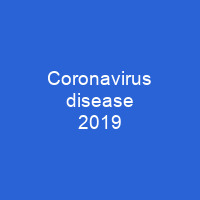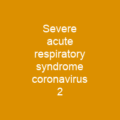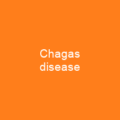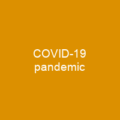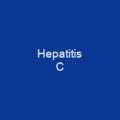COVID-19 is a contagious disease caused by severe acute respiratory syndrome coronavirus 2. The first case was identified in Wuhan, China, in December 2019. It has since spread worldwide, leading to an ongoing pandemic. Symptoms include fever, cough, fatigue, breathing difficulties, and loss of smell and taste. Around one in five infected individuals do not develop any symptoms.
About Coronavirus disease 2019 in brief

It can also evaporate into the aerosols, which can then be inhaled by other people. People with the same infection may have different symptoms, and their symptoms may change over time. Some people develop acute respiratory distress syndrome (ARDS) ARDS can be precipitated by cytokine storms, multi-organ failure, septic shock, and blood clots. In people without prior ears, nose, and throat disorders, loss of taste combined with loss of sense of smell is associated with CO VID-19 with a specificity of 95%. Most people develop mild to moderate symptoms, while 14% develop severe symptoms and 5% of patients suffer critical symptoms. The virus spreads from person to person mainly through the respiratory route after an infected person coughs, sneezed, sings, talks or breathes. Other people are infected if the virus gets into their mouth, nose or eyes. The exact route of transmission is rarely proven conclusively, but infection mainly happens when people are near each other for long enough. The longer people interact with each other, the greater the chance they are likely to spread the virus to each other. The larger the transmission distance, the higher the chance of transmission of the disease. The more likely it is to involve aerosols and droplets.
You want to know more about Coronavirus disease 2019?
This page is based on the article Coronavirus disease 2019 published in Wikipedia (as of Dec. 31, 2020) and was automatically summarized using artificial intelligence.
